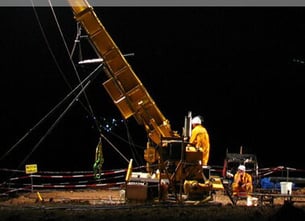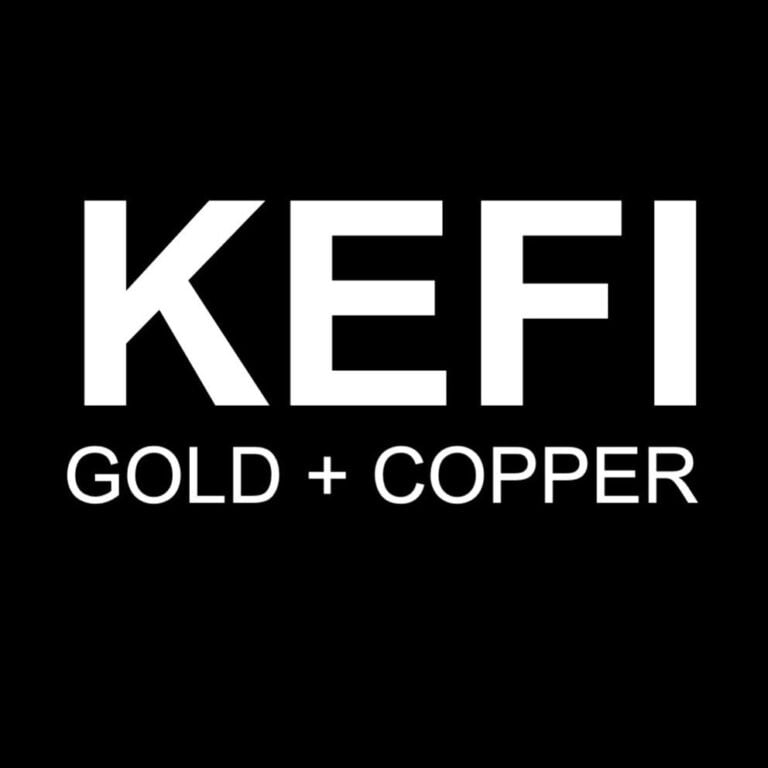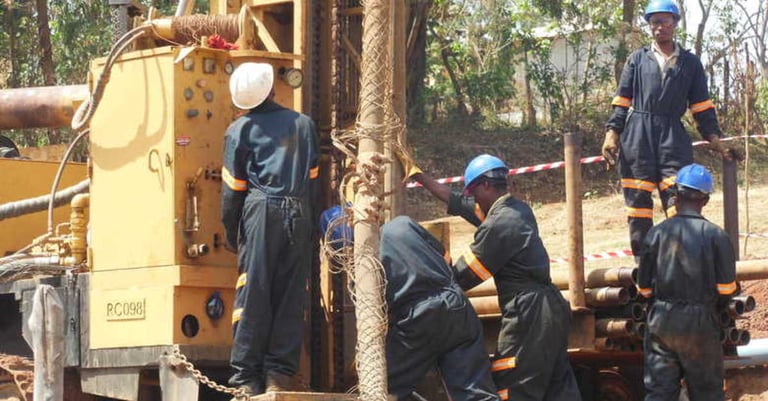KEFI Minerals plc (LON: KEFI), the gold exploration and development company with projects in the Federal Democratic Republic of Ethiopia and the Kingdom of Saudi Arabia, has announced that it has selected its preferred project infrastructure finance proposal for the Company’s Tulu Kapi Gold Project, being a bank loan based proposal recently received from two leading African banks as underwriters and co-lenders. A preliminary term sheet has been signed and is subject to credit approval.
The bank-based proposal is considered by the directors of the Project company, Tulu Kapi Gold Mines Share Company, to be financially more attractive and more straightforward to execute than the long-standing alternative bond-and-lease based debt financing proposal. In addition, the proposed bank lenders are actively working in Ethiopia, are familiar with the local market and many of our local stakeholders and thus considered more compatible with the Project consortium. There are no charges payable for electing not to proceed with the bond-and-lease based debt financing proposal. The underlying economics are summarised below and compared with the previous bond-and-lease based proposal.
The proposed Project and financing timetable, as previously announced, is for the first six months of development to be funded by way of equity investment at the TKGM level by the Project partners, beginning in January 2020, with full finance close and bank loan drawdown planned for mid-2020. The amount of Project equity (US$68 million) and subordinated working capital facility requirements (US$14-24 million) remain essentially unchanged, as is the contribution towards capital expenditure. However, material savings are expected in the cost of debt-servicing, administration and other charges, especially during the Project development and start-up period.
Using the proposed bank loan infrastructure financing at the current gold price of US$1,450/oz, KEFI estimates that the net cash flow over the life of the open pit will increase from US$314 million to US$380 million. On this basis, TKGM could maintain the same net cash flow for shareholders as previously projected, while at the same time funding the development of the underground mine, which requires an estimated capital expenditure of US$37 million per its Preliminary Economic Assessment. This is expected to significantly increase production, mine life and the overall Project NPV.
At the current gold price of US$1,450/oz, the Definitive Feasibility Study or DFS-based NPV of the open pit (US$171 million) added to that of the PEA-based NPV of the underground mine (US$74 million), totals to the aggregate Project NPV of US$245 million.
On this basis and after taking into account that KEFI has already invested nearly all of its contribution to the Project equity, KEFI’s 45% beneficial interest is US$130 million (approximately £101 million), about eight times the current market capitalisation of the Company.
This does not include further potential upside offered by exploration underground where extensions of the 5.6 g/t Indicated Resource remain untested, in the adjacent Tulu Kapi district, where several areas of drill-intercepted pre-resource mineralisation require follow-up and in Saudi Arabia where drilling is currently intercepting massive sulphides in a large Volcanogenic Massive Sulphide occurrence.
KEFI Minerals Finance Director, Mr John Leach, commented,
“We have been very well supported by the bond-lease proposal and now we also have an attractive bank-loan based alternative because capital market support for our Project has recently improved markedly, both inside and outside Ethiopia. The expected savings from the preferred bank-based infrastructure finance proposal provide our Project subsidiary, TKGM, with the opportunity to develop and further explore the underground Tulu Kapi deposit and significantly increase value for shareholders, without reducing net cash flows available for other purposes.”
Comparison of selected bank-loan-based proposal compared with previous bond-lease-based proposal
Excluding the past investment of c. US$55-US$60 million to the end of 2018 and also excluding the c. US$50 million mining equipment to be supplied by the mining contractor, the overall funding plan for Tulu Kapi is summarised below which compares the bank-loan and the bond-lease approaches. Both proposals remain subject to due diligence and full legal documentation and, as part of those processes, all key independent expert reports will be updated nearer to full financial closing:
| Funding Requirements | Bank-LoanUS$m | Bond-LeaseUS$m |
| On-site Infrastructure | 106.3 | 106.3 |
| Mining | 28.6 | 28.6 |
| Off-site Infrastructure | 20.0 | 20.0 |
| Owner’s Costs (community, working capital, finance administration, costs & reserves to protect financiers) | 33.5 | 54.5 |
| Interest during grace and other finance effects | 17.3 | 32.8 |
| Aggregate Funding Requirements | 205.7 | 242.2 |
| Sources of Funds | Bank-LoanUS$m | Bond-LeaseUS$m |
| TKGM Project Equity | ||
| – Government | 20.0 | 20.0 |
| – ANS Mining | 38.0 | 38.0 |
| – KEFI | 10.0 | 10.0 |
| Subordinated Working Capital Facility | 17.7 – 27.7 | 14.2 – 24.2 |
| Sub-Total | 85.7 – 95.7 | 82.4 – 92.4 |
| Infrastructure Finance | 110.0-120.0 | 150.0-160.0 |
| Aggregate of Funding Sources | 205.7 | 242.2 |
| Comparative Economics: | ||
| Net Cash Flow over life of Open Pit Mine | 379.5 | 313.6 |
| Average Debt Service Coverage Ratio | 2.8X | 1.8X |
| Loan (prepayment possible) or Bond Tenor | 7.5 years | 9.0 years |
| Average Cost per Year Over Life of Loan | 8.7 | 11.6 |
Note: The KEFI equity contribution sourced from cash, working capital facility and refunds on closing of full funding









































